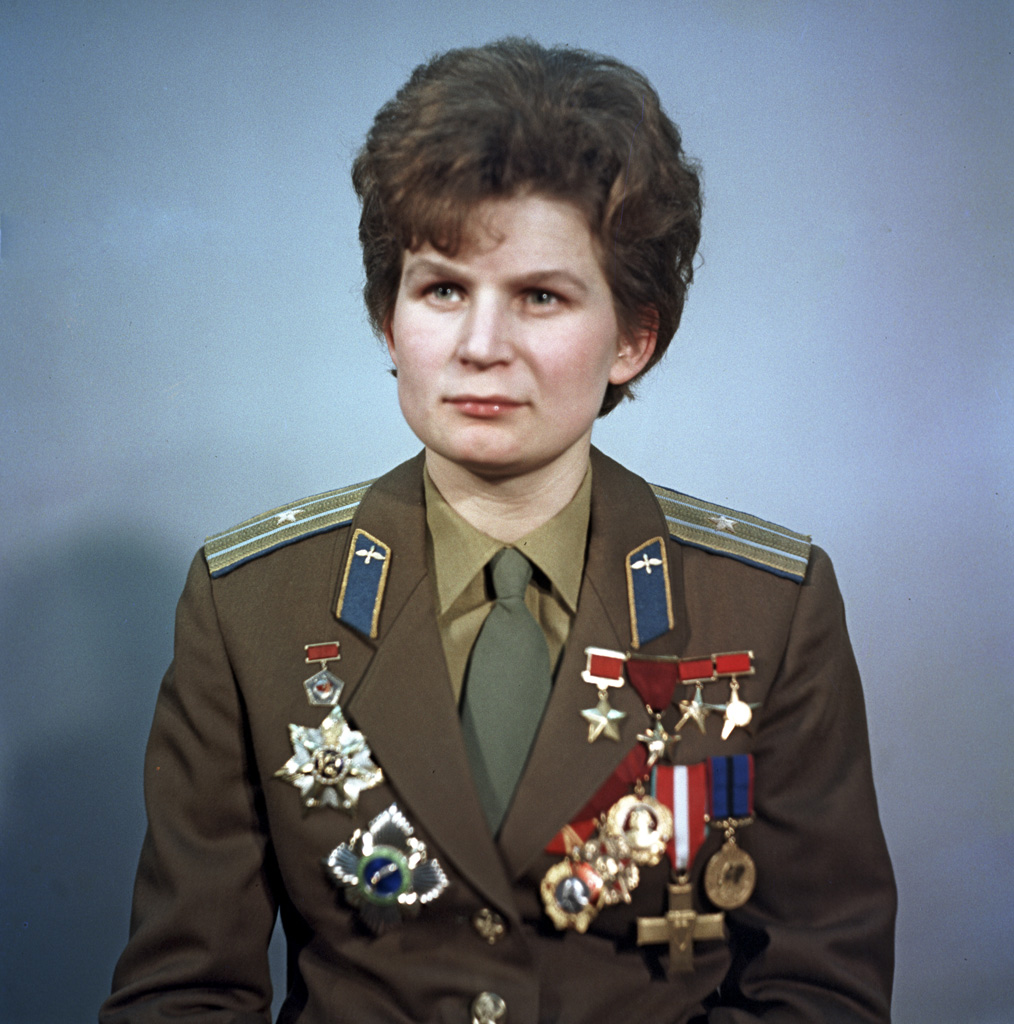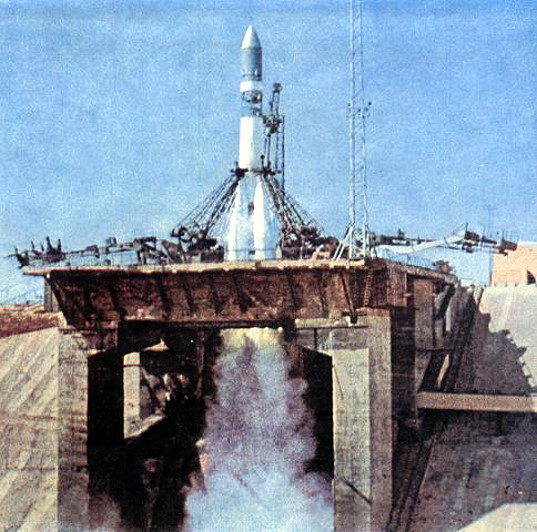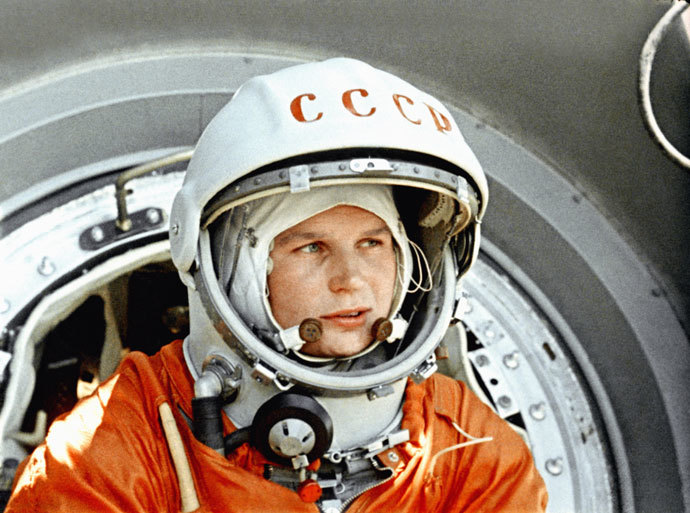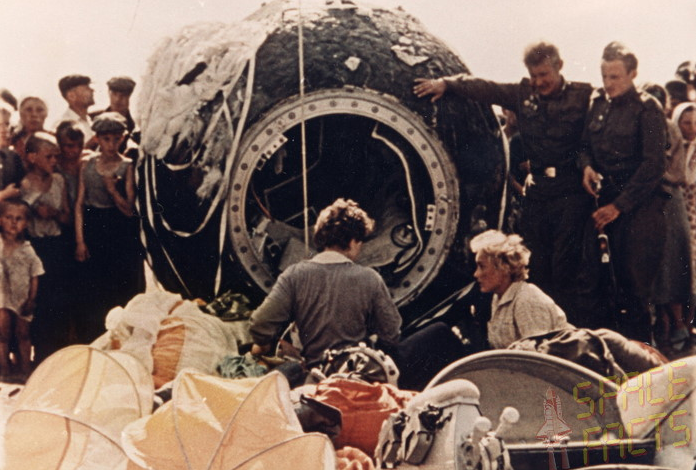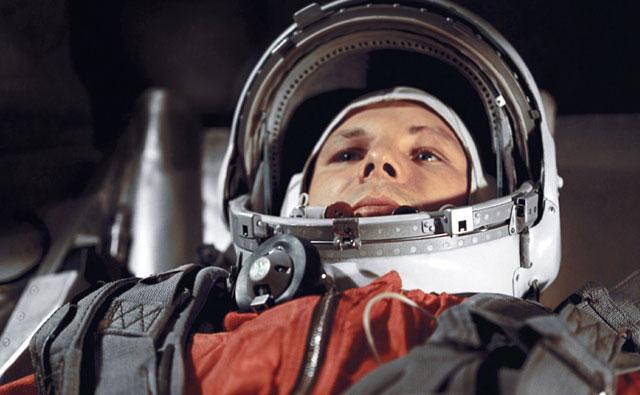
12 April 1961: At 06:06:59.7 UTC, Vostok-1 with Cosmonaut Yuri Alexseyevich Gagarin was launched into Earth orbit from the Kosmodrom Baykonur, Kazakhistan. The spacecraft was a spherical Vostok 3KA-3 capsule which was carried to low Earth orbit by a three-stage Vostok 8K72K rocket.
Following first stage engine cut off, the first stage was jettisoned 1 minute, 59 seconds after liftoff. The payload fairing separated at 2 minutes, 34 seconds, and the second stage separation occurred at 4 minutes, 59 seconds. The Vostok spacecraft separated from the third stage at 06:18:28 UTC, 11 minutes 28 seconds after launch.
The Vostok was not capable of orbital maneuvering.
The Vostok spacecraft had an overall length of 5.040 meters (16 feet, 6.4 inches) and diameter of 2.500 meters (8 feet, 2.4 inches). The spherical crew/descent module had a diameter of 2.300 meters (7 feet, 6.6 inches). The gross mass was 4,730 kilograms (10,428 pounds).
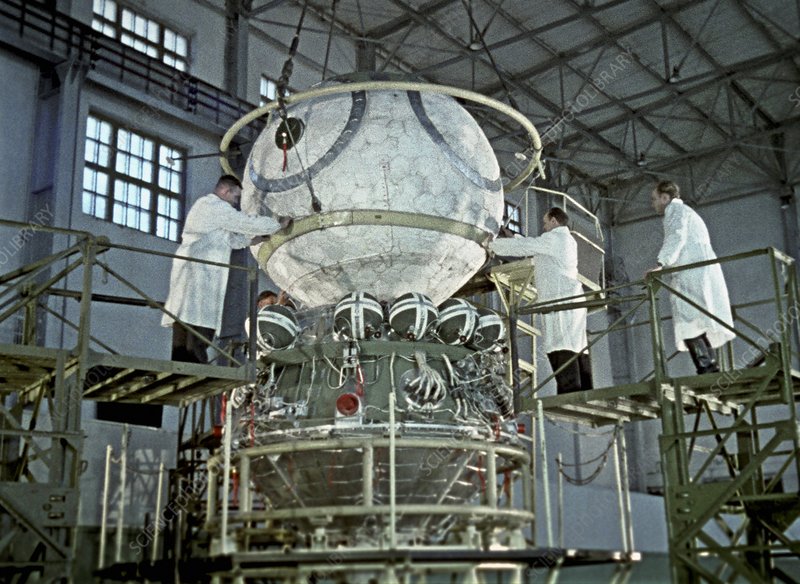
The Vostok-K 8K72 was a modified R-7A Semyorka intercontinental ballistic missile. The R-7 rocket was designed by Sergei Pavlovich Korolev, known as The Chief Designer.
The 8K72 version consisted of two core stages with four external boosters. The first stage and each of the boosters were powered by a four-nozzle RD-107 rocket engine burning kerosene and liquid oxygen. Total thrust was approximately 1,100,775 pounds (4,896.49 kilonewtons). The second stage used a RD-0105 engine, producing 11,015 pounds of thrust (48.997 kilonewtons).

The first two stages were 30.84 meters (101.18 feet) high and weighed 277,000 kilograms (610,680 pounds).
Gagarin made one orbit of the Earth, with an apogee of 315 kilometers (196 miles) and perigee of 169 kilometers (105 miles). The orbital period was 89.34 minutes. The orbit was inclined 64.95° with reference to Earth’s axis.
While still in Earth orbit, Senior Lieutenant Gagarin received a field promotion to the rank of major.
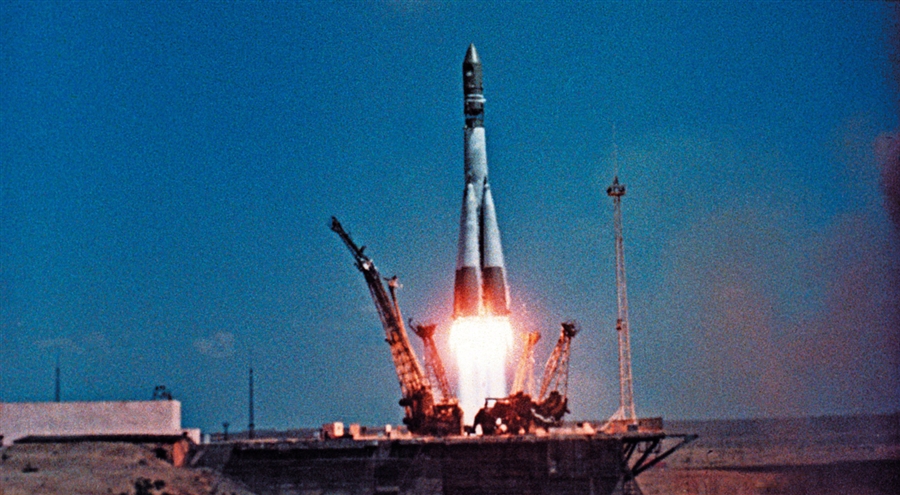
His reentry began over Africa, with the descent engine firing at 7:25:48.2 UTC. As the spacecraft was descending through 7,000 meters (20,966 feet), he ejected from the capsule and parachuted to the ground. The Vostok struck the ground at 07:48 UTC, and Gagarin landed approximately 1.5 kilometers (0.9 miles) away, near the village of Smelovka, Ternovsky District, Saratov Oblast, at 07:53 UTC.
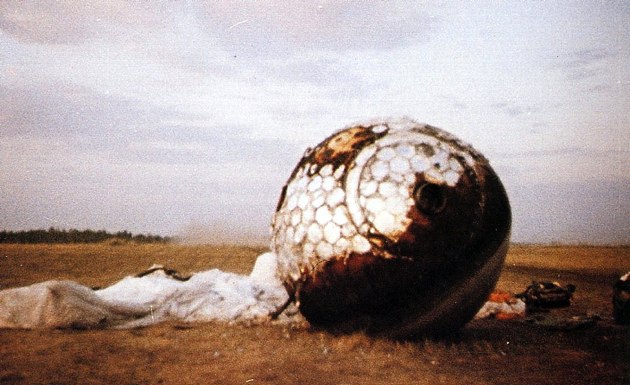
Yuri Gagarin was the first human to travel in space. The Fédération Aéronautique Internationale (FAI) credited him with three World Records: Duration, 1 hour, 48 minutes.¹ Altitude in an Elliptical orbit, 327 kilometers (203 statute miles).² Greatest Mass Lifted to Altitude, 4,725 kilograms (10,417 pounds).³
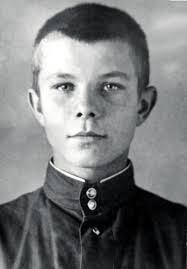
Yuriy Alekseyevich Gagarin (Юрий Алексеевич Гагарин) was born at Klushino, a village in Smolensk Oblast, Russian Soviet Federative Socialist Republic, 9 March 1934. He was the third of four children of Alexey Ivanovich Gagarin, a carpenter, and Anna Timofeyevna Gagarina. The family, workers on a collective farm, were forced from their home when the village was occupied by German soldiers during the invasion of 1941.
In 1950, Gagarin became an apprentice at a steel foundry in Moscow. A school for workers allowed him to pursue an education. After a year, he was sent to a technical school at Saratov. It was while there that Gagarin first flew in an airplane, a Yakovlev Yak-18 trainer at the local aero club.
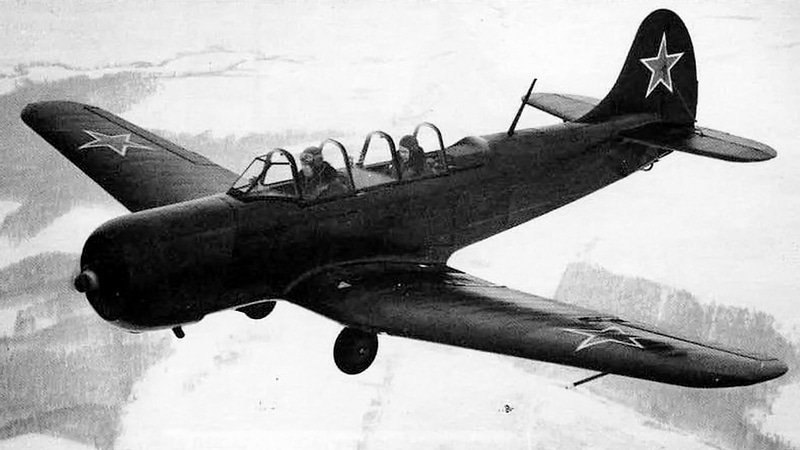
After graduating in 1955, Gagarin enlisted as a cadet at the military flight school at Orenburg. Gagarin graduated 6 November 1957 and was commissioned as a lieutenant in the Soviet Air Force.
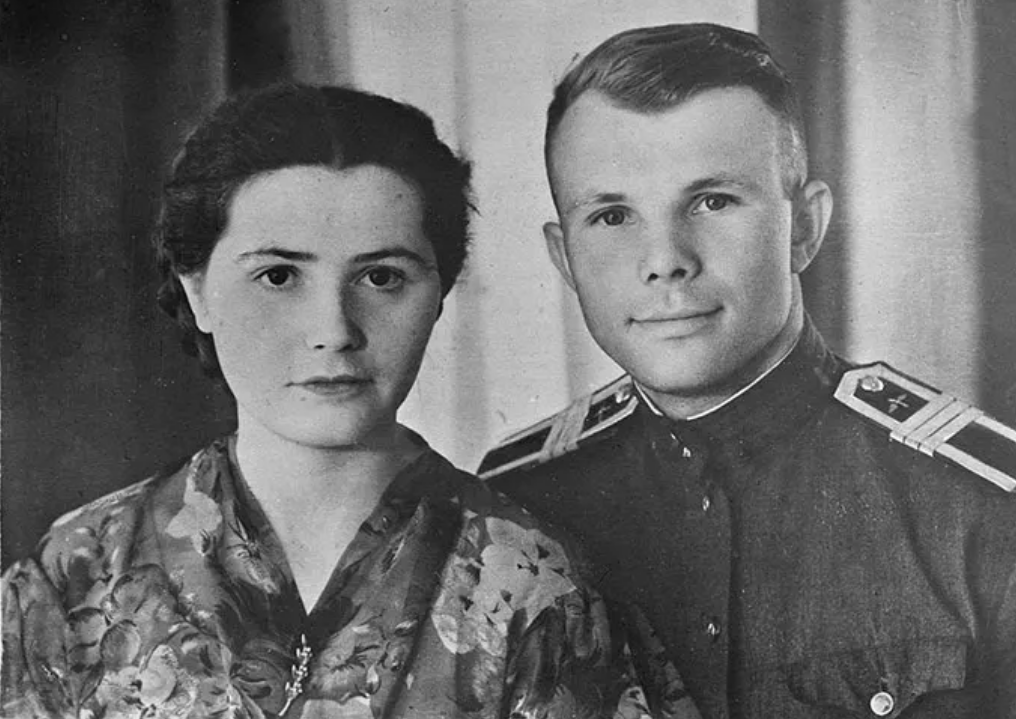
Just over a week earlier, 27 October 1957, Sergeant Gagarin married Valentina Ivanova Goryacheva, a medical technician at the air base. They would have two daughters.
Lieutenant Gagarin was assigned as an interceptor pilot at Nikel, an air base approximately 125 miles (201 kilometers) north of Murmansk on the Kola Peninsula. He flew the Mikoyan-Gurevich MiG-15 fighter.
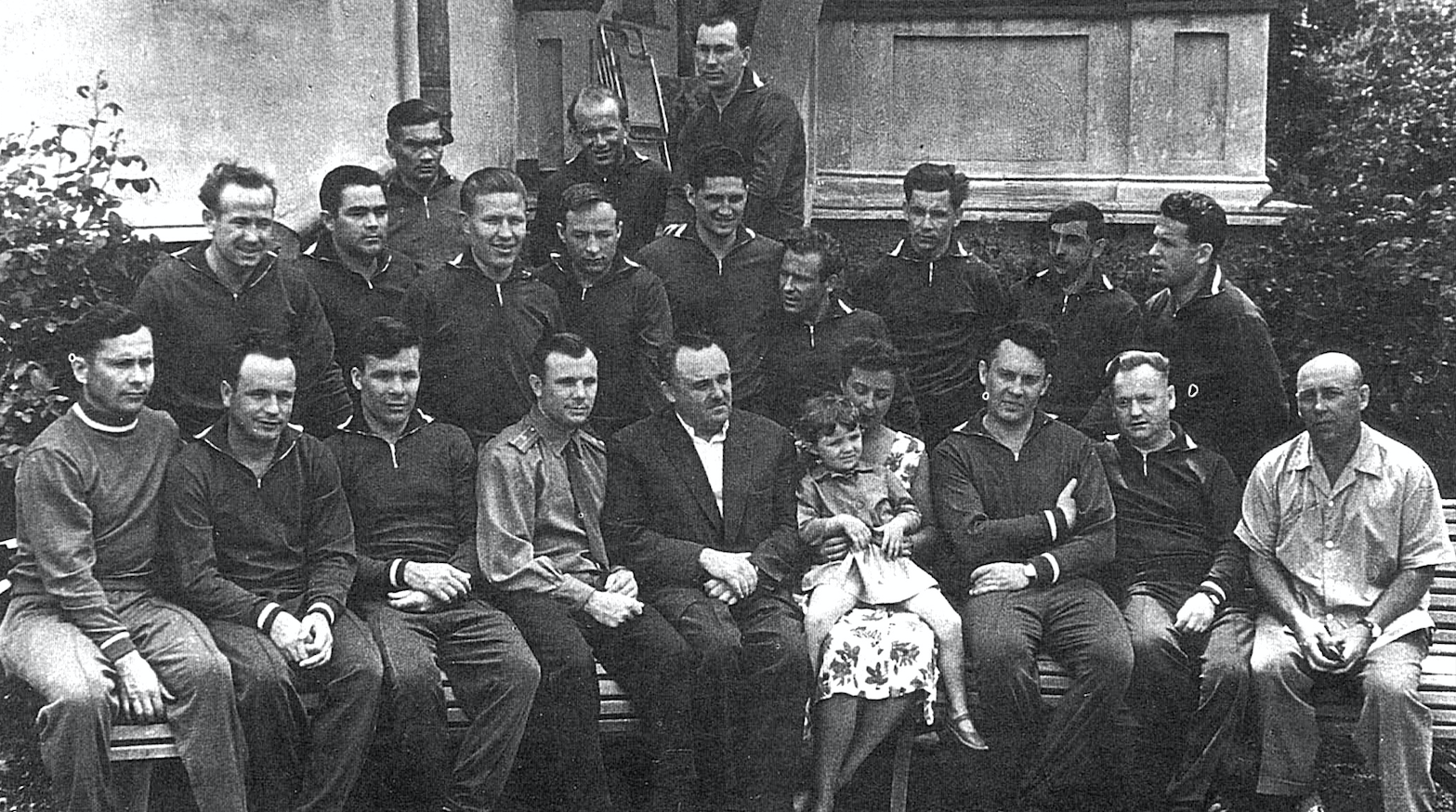
Lieutenant Gagarin was one of twenty pilots selected for the space program in 1960. This was further reduced to six cosmonaut candidates. Gagarin and Gherman Stepanovich Titov were the final two candidates for the first manned space launch, with Gagarin being chosen.
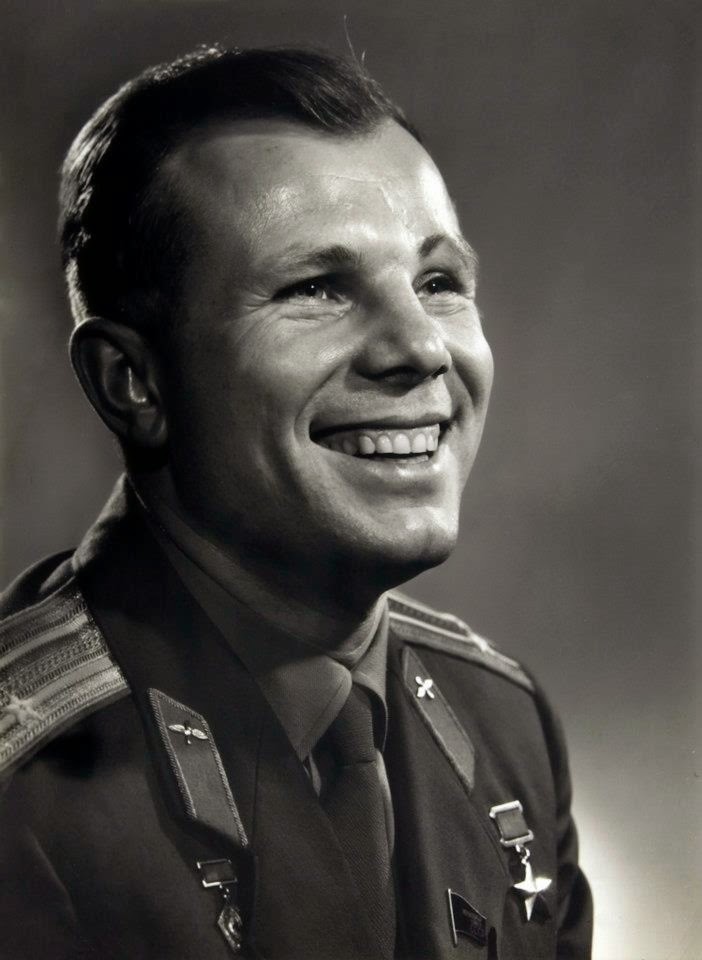
Yuri Gagarin was killed in an airplane crash, 27 March 1968.
¹ FAI Record File Number 9326
² FAI Record File Number 9327
³ FAI Record File Number 9328
⁴ “Most of the cosmonaut group of 1960, with some of their instructors and wives. Front row, left to right: Pavel Popovich, Viktor Gorbatko, Yevgeni Khrunov, Yuri Gagarin, Chief Designer Sergei Korolev, his wife Nina Koroleva with Popovich’s daughter Natasha, Cosmonaut Training Centre Director Yevgeni Karpov, parachute trainer Nikolai Nikitin, and physician Yevgeni Fedorov. Second row, left to right: Alexei Leonov, Andrian Nikolayev, Mars Rafikov, Dmitri Zaikin, Boris Volynov, Gherman Titov, Grigori Nelyubov, Valeri Bykovsky, and Georgi Shonin. Back row, left to right: Valentin Filatyev, Ivan Anikeyev, and Pavel Belyayev.”
© 2019, Bryan R. Swopes
